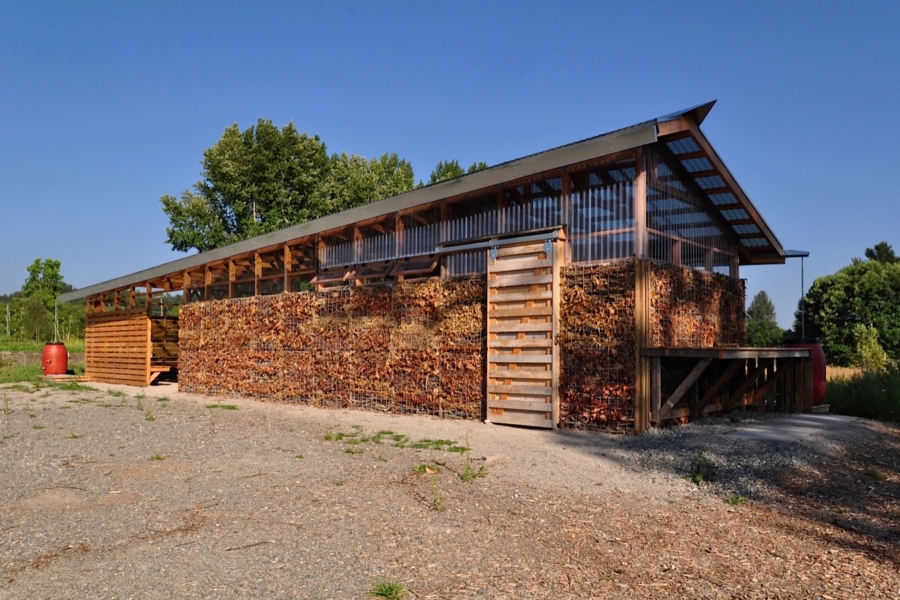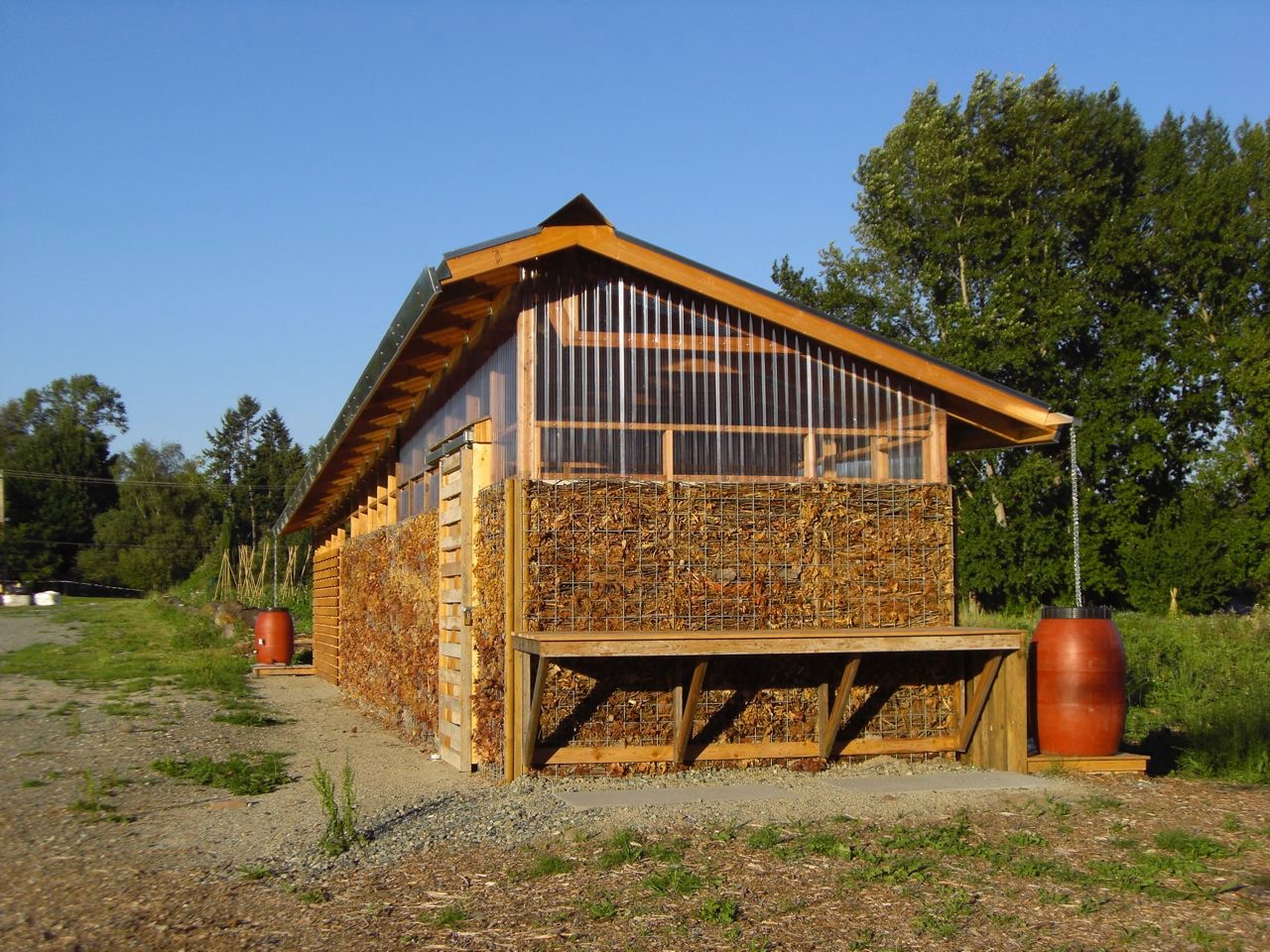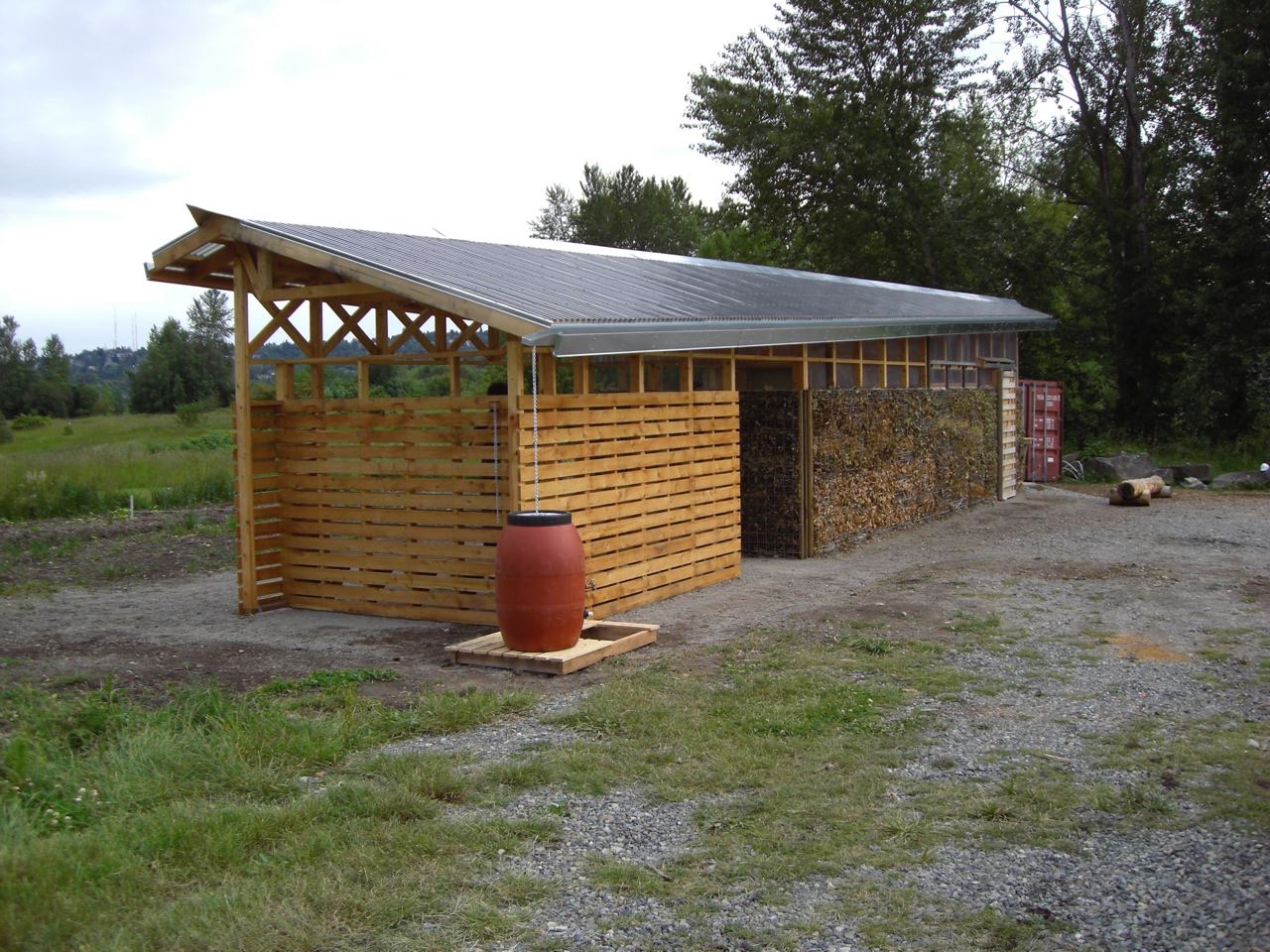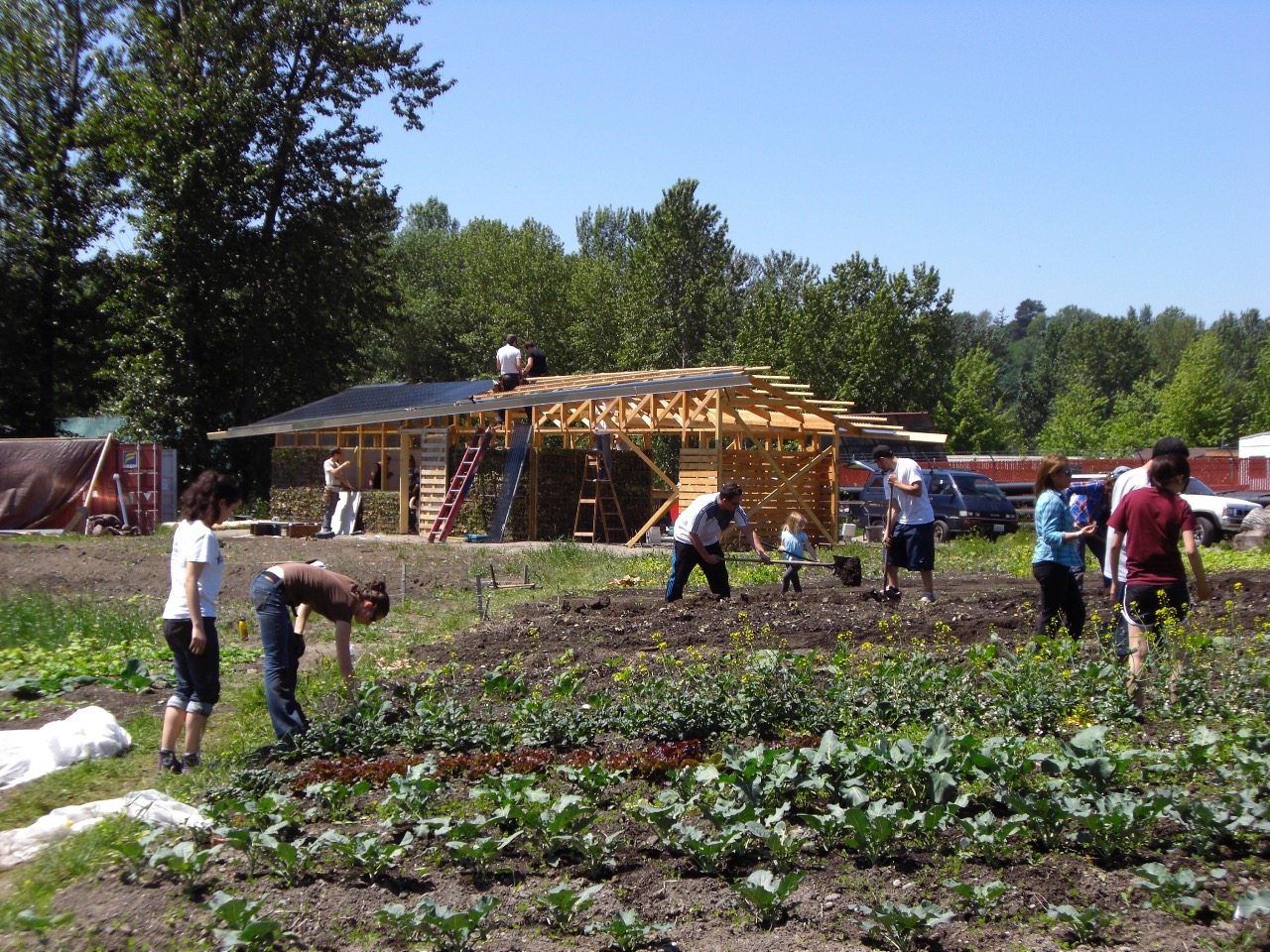URBAN FARM SUPERSHED – Spring 2012
Site
Center for Urban Horticulture
University of Washington Campus
Seattle, WA
Client
The garden at the Center for Urban Horticulture (CUH) is used by three groups: Seattle Youth Garden Works, a local non-profit dedicated to empowering homeless and underserved youth through garden-based education and employment; the University of Washington Farm, a student-run organization that focuses on urban agriculture and the impact of our food choices; and the Hardy Plants Society of Washington, a grass-roots educational group of mostly seniors dedicated to the conservation and propagation of perennial plant species.
In 2011, Garden Works and the UW Farm became partners in operating a 1-acre farm at CUH, with the Hardy Plants Society working in an adjacent area. The shared farm is production-oriented: produce is sold at the UDistrict farmers’ market and, as of Fall 2012, to UW dining halls and markets. Given the expanded scope of the farm and the three groups’ shared goals of community development and environmental education, it soon became clear that additional facilities were needed. Together, the organizations raised $11K for the creation of shared storage and educational space and partnered with the HSW Neighborhood Design Build Studio to realize their plans.
Project Description
Faced with the challenge of creating a flexible space to serve the needs of the three client groups, the 17 students of the Design/Build Studio developed a simple, linear scheme with an east-west orientation to maximize sunlight. The chosen site, along an existing access road and linked to an older walking path, is at the edge of the farm, acting as a threshold into the space, while minimizing its impact on fertile soil and maximizing connections to the rest of the Center. Discussions with the clients after the initial period of design led to the finalized space, which contains tool storage for each group, a greenhouse, a covered outdoor classroom, two tool washing, and rainwater collection stations, and covered bike storage.
Simple construction techniques and local materials were used throughout. There is no electricity on site, so the spaces are day-lit through a polycarbonate roof and a continuous clerestory, which also provides natural ventilation. The gable roof has a diagonal ridge with a double pitch that allows the classroom to open to the farm while maintaining solar access and directing rainwater. Salvaged wood was used for formwork, and concrete was mixed and poured on site. The wall panels and roof trusses were prefabricated in the studio and trucked to the site for assembly, and the enclosure walls have a layer of vegetative material from the site woven into a galvanized mesh screen. The classroom is slatted with donated, locally-milled cedar boards.
Project Awards
2012 AIA Pacific Region Student Honor Award








